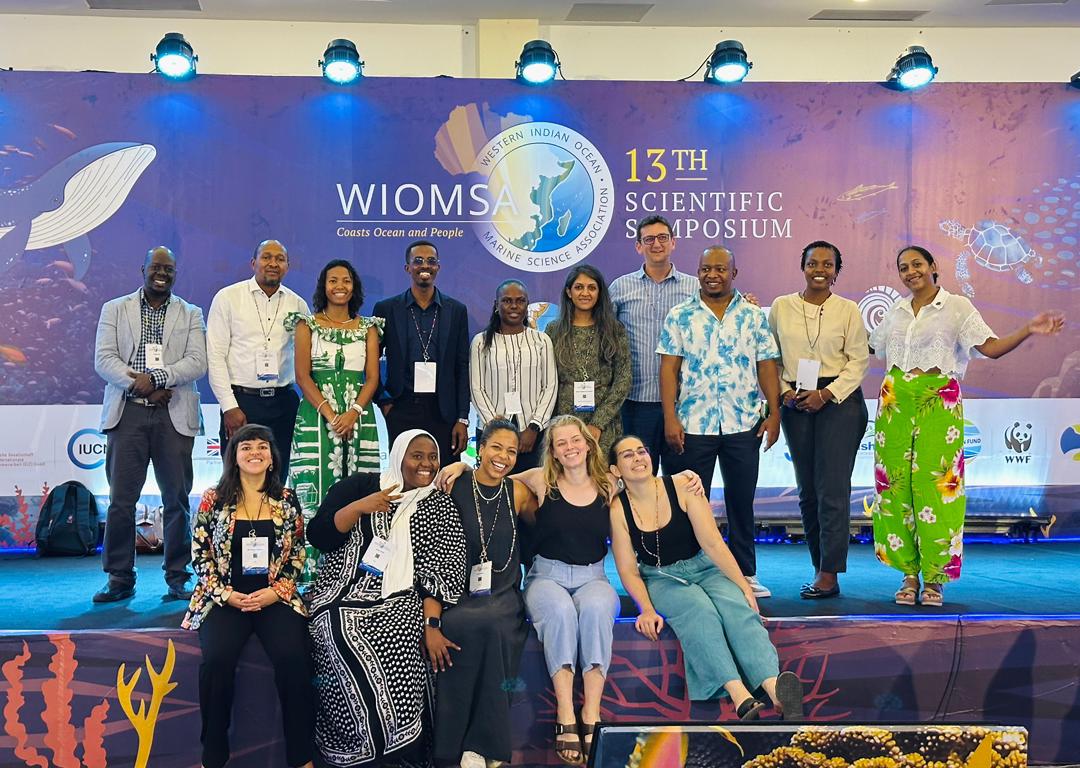IUCN played a leading role throughout the week, demonstrating the power of the GBW Initiative in advancing science, policy, and community-led action across the Western Indian Ocean. The team’s engagement spanned five days, over 15 co-led sessions, and ten thematic areas, reaching more than 1,200 participants across the region and globally.
A highlight of the Symposium was the special session on seagrass ecosystems, where IUCN through WIOCOR Project, together with WIOMSA and the IOC-RECOS Project, soft-launched the Regional Seagrass Status Report. This moment marked a critical step toward developing a regional vision for seagrass conservation, harmonizing monitoring and management, and establishing a roadmap for transboundary seagrass LMMAs. The week also spotlighted IUCN’s leadership in ecosystem assessments through the Red List of Ecosystems for mangroves, seagrasses, and corals, linking cutting-edge science to conservation planning and policymaking.
The discussions extended to the high seas, with sessions on the Biodiversity Beyond National Jurisdiction (BBNJ) Agreement, where African researchers and policymakers explored readiness for ratification, capacity-building opportunities, and science-policy interfaces. IUCN’s work on OECMs and LMMAs highlighted the importance of community-led governance in achieving global 30×30 conservation targets, while sessions on Tangible Actions to Tackle plastic pollution translated international commitments into locally driven, actionable solutions, emphasizing circular economy approaches, inclusive interventions, and scalable impact.
Throughout the Symposium, Nature-based Solutions (NbS) and the ReSea Project emerged as unifying threads, connecting ecosystem restoration, climate resilience, and sustainable livelihoods across the Western Indian Ocean. IUCN showcased how regenerative ocean economies, including sustainable fisheries, aquaculture, and seascape restoration, can create biodiversity-positive development while providing tangible economic opportunities for coastal communities.
WIOMSA 2025 demonstrated the Great Blue Wall’s role as Africa’s flagship regenerative seascape initiative, connecting local action to global policy, strengthening partnerships, and positioning the Western Indian Ocean as a leader in ocean conservation innovation. With the Regional Seagrass Status Report soon to be finalized, expanding LMMAs, and emerging opportunities for science, investment, and community engagement, the GBW continues to set the stage for resilient, nature-positive oceans across Africa.
